- About Us
- Advertise
- Editorial
- Contact Us
- Terms and Conditions
- Privacy Policy
- Do Not Sell My Personal Information
© 2025 MJH Life Sciences™ and Dental Products Report. All rights reserved.
9 Members of the Oral Microbiome Rogues Gallery
A slideshow profiling some of the potentially harmful organisms making their home in the human oral cavity.

Rasi / stock.adobe.com
The human oral cavity is home to an amazing number of microscopic organisms. With numerous surfaces on which to find a home and a wide opening to the outside world, it is no wonder the mouth comes in just behind the gut in terms of microbiota diversity.
More than 700 identified bacterial species as well as numerous species of fungi, viruses, and protozoa make up the oral microbiome. Many of these organisms live in a commensal or symbiotic relationship with their hosts, but others are known to be harmful tenants. Here is a look at 9 sometimes harmful microorganisms that make their home in the human mouth.
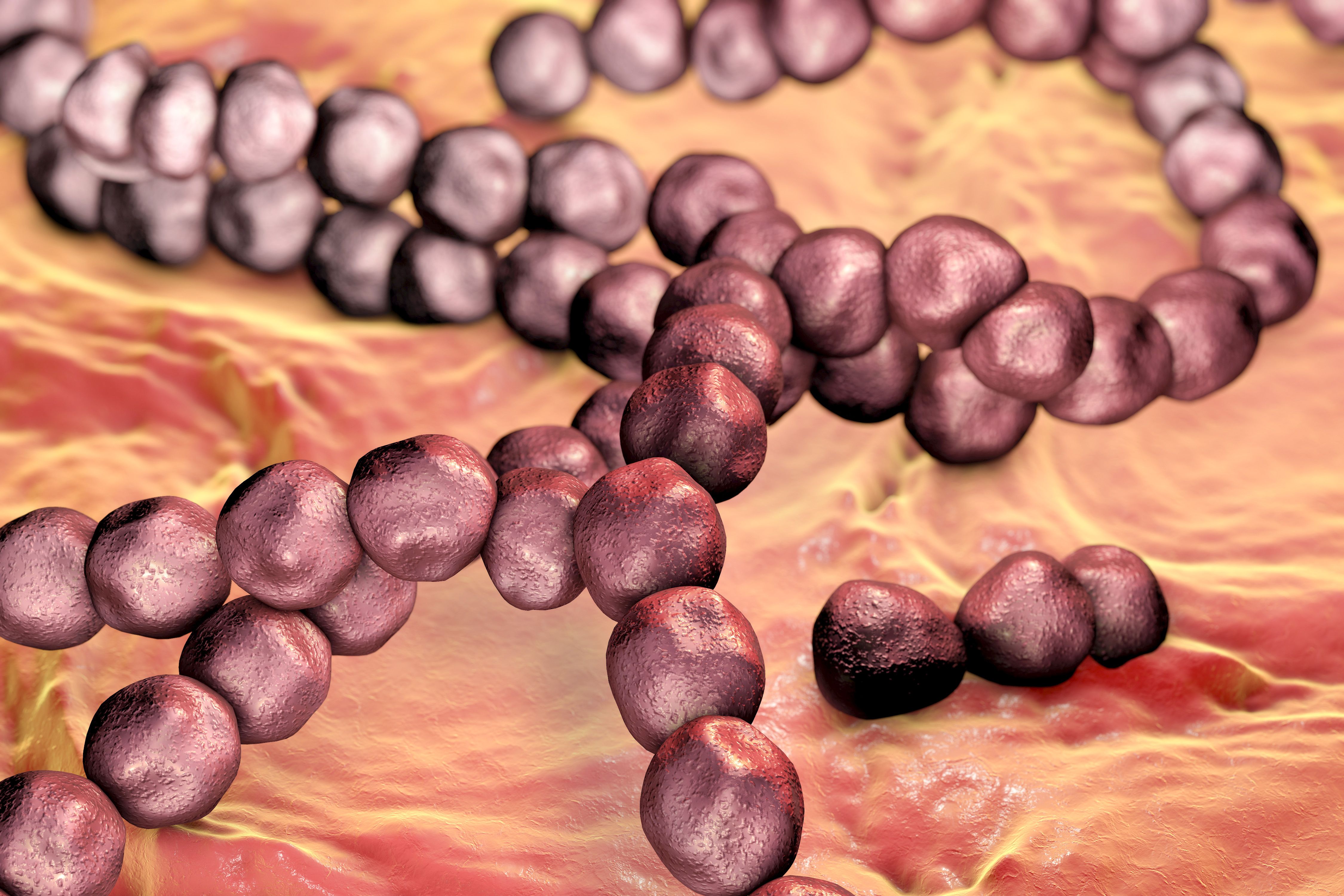
Kateryna_Kon / stock.adobe.com
Streptococcus mutans
Definitely the most famous of these microorganisms, S mutans is the main cause of dental caries. Although always present, it does real harm when allowed to collect on enamel and form durable structures as it eats away at the tooth.
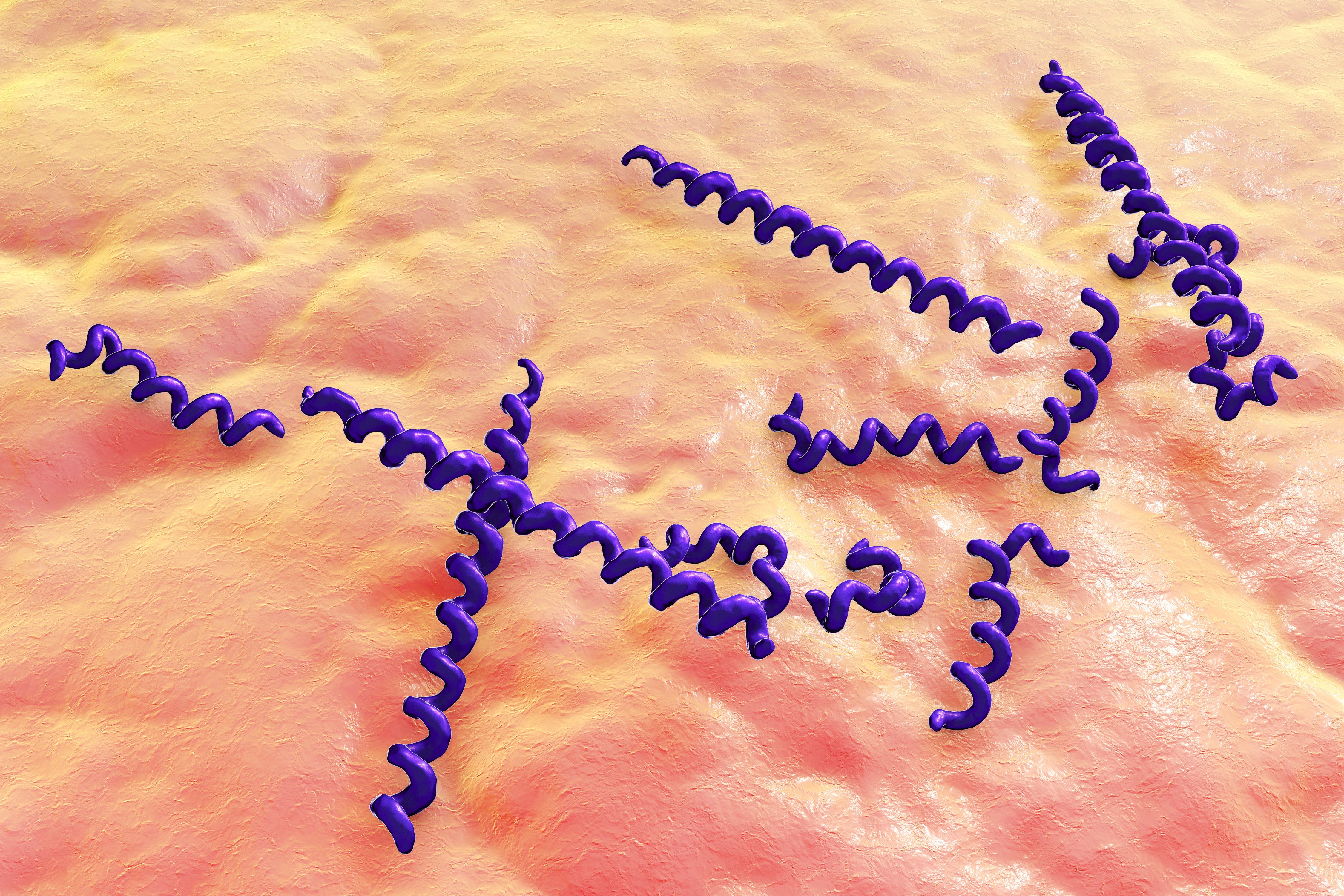
Kateryna_Kon / stock.adobe.com
Treponema denticola
This gram-negative spirochete bacterium is widely associated with periodontal disease. These bacteria make their home in periodontal pockets and are found in large quantities in patients with active perio issues.

Kateryna_Kon / stock.adobe.com
Trichomonas tenax
A parasitic organism often found in the mouths of people with poor oral hygiene; it is associated with periodontal issues. It is believed to eat other microorganisms but its secretions damage human tissue.
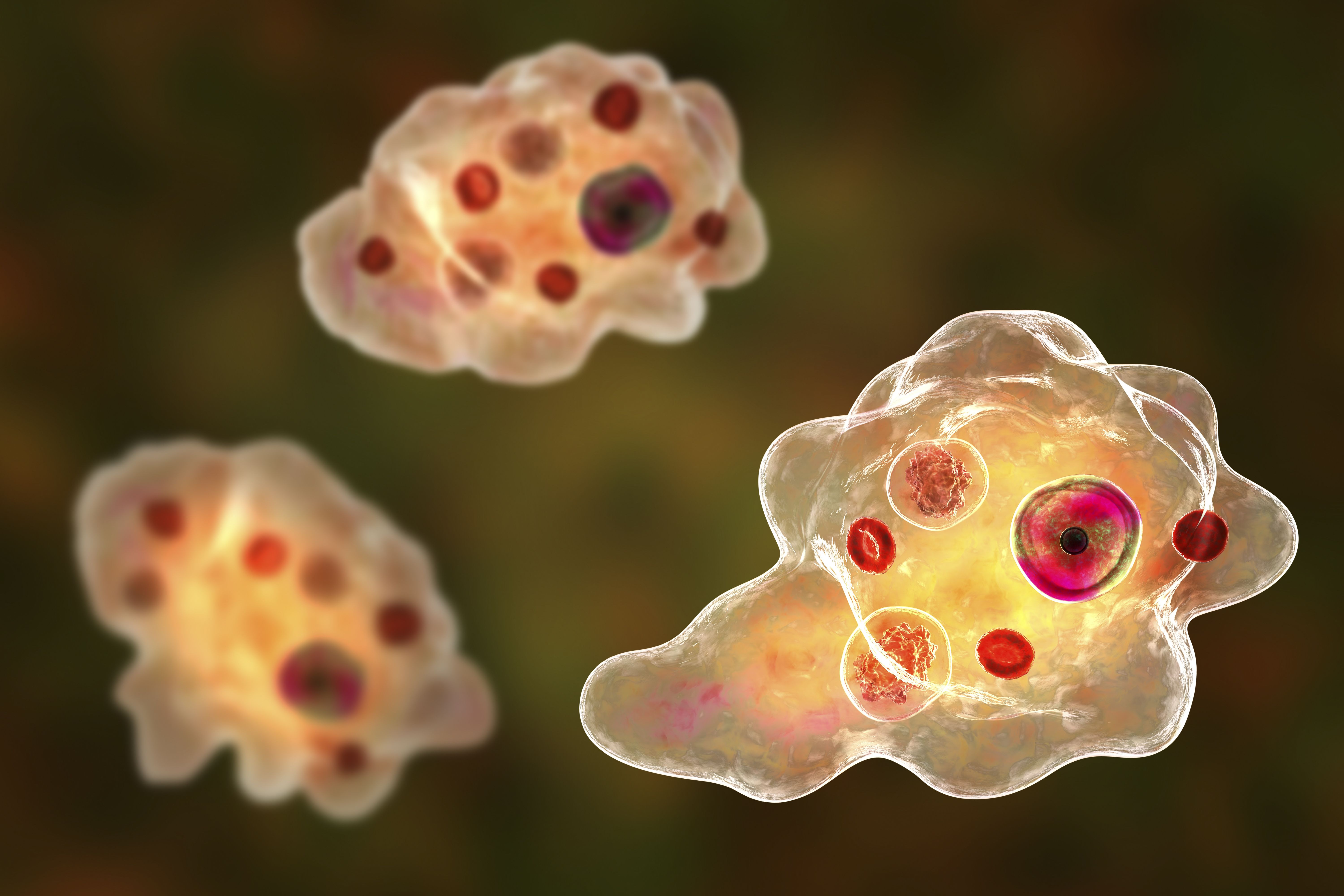
Kateryna_Kon / stock.adobe.com
Entamoeba gingivalis
The first species of amoeba discovered in humans. Some research indicates that these organisms are commensal, but they are associated with periodontal disease. These organisms live in periodontal pockets around the base of teeth and are found in 95% of patients with perio issues—but rarely in individuals with healthy gums.
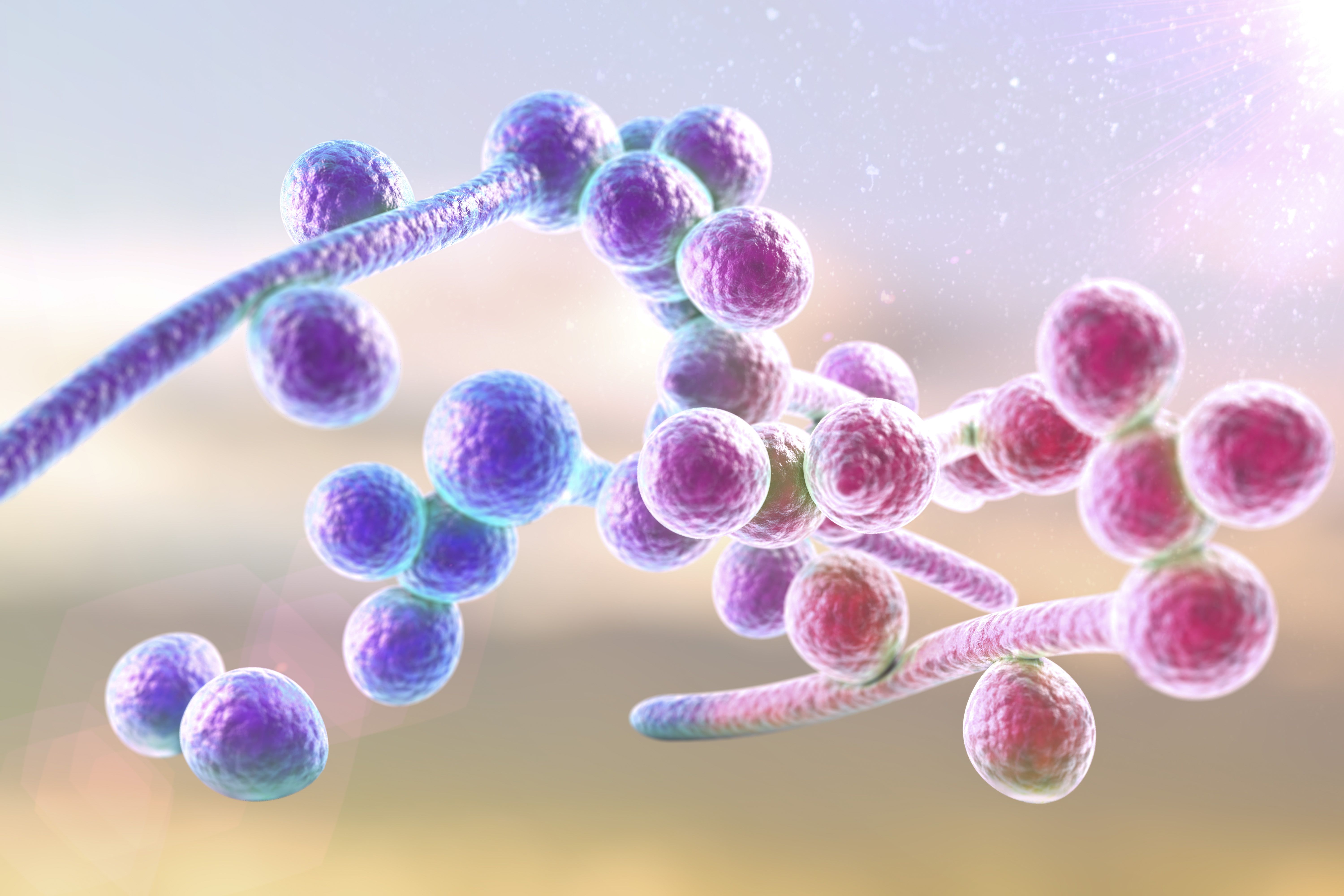
Kateryna_Kon / stock.adobe.com
Candida
A type of yeast and the most common fungal organism found in both the oral cavity and the human gut. Numerous Candida species can be found living in humans commensally, with the most common being Candida albicans. They can cause illnesses including thrush and the potentially fatal invasive candidiasis.
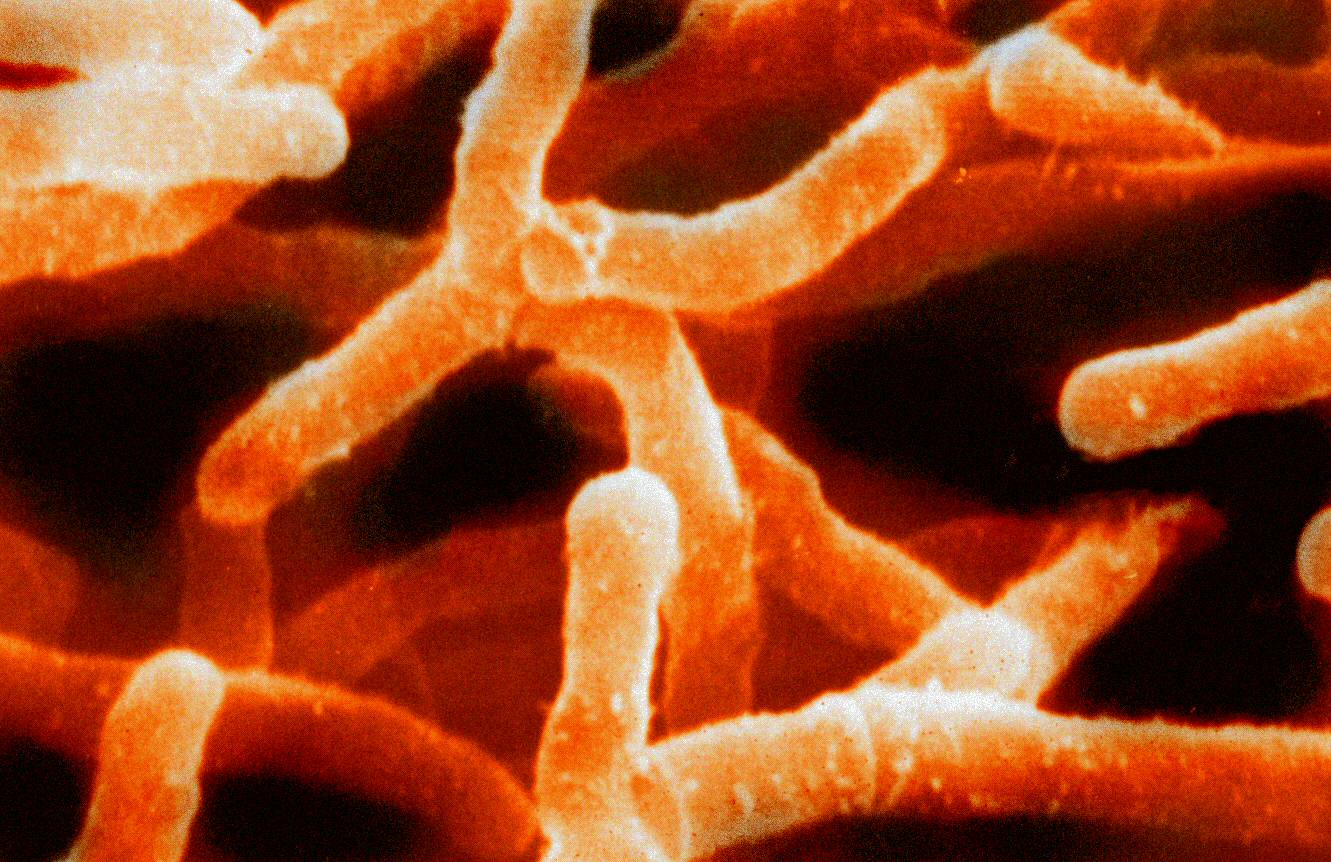
Actinomyces israelii
One of several species of Actinomyces bacteria found in the oral cavity, A israelii can often be found in healthy oral microbiomes. It is associated with dental caries as well as being the primary cause of actinomycosis.
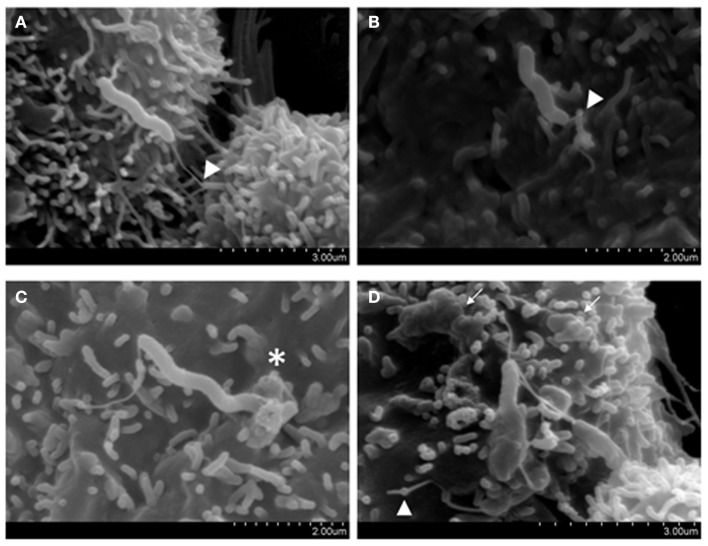
Campylobacter concisus
This species of Campylobacter bacteria is known to colonize the oral cavity but, unlike most of these microorganisms, its negative impacts are found elsewhere in the body. C concisus can also infect the intestinal tract; when this occurs, it is associated with inflammatory bowel disease and other lower gastrointestinal issues.





